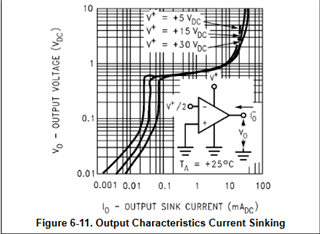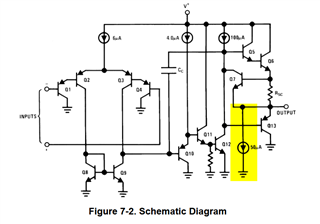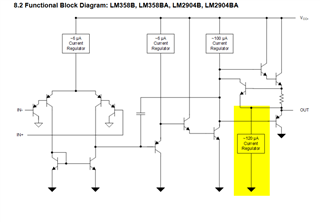Other Parts Discussed in Thread: LM2904, , LM2904B
Tool/software:
Hello,
I see that only LM2904 spice model is available, even in LM2904-N section, which is incorrect since a lot of features are different..
So, can you provide LM2904-N spice model or indicates how to change swing voltage at least ?
Best regards,






